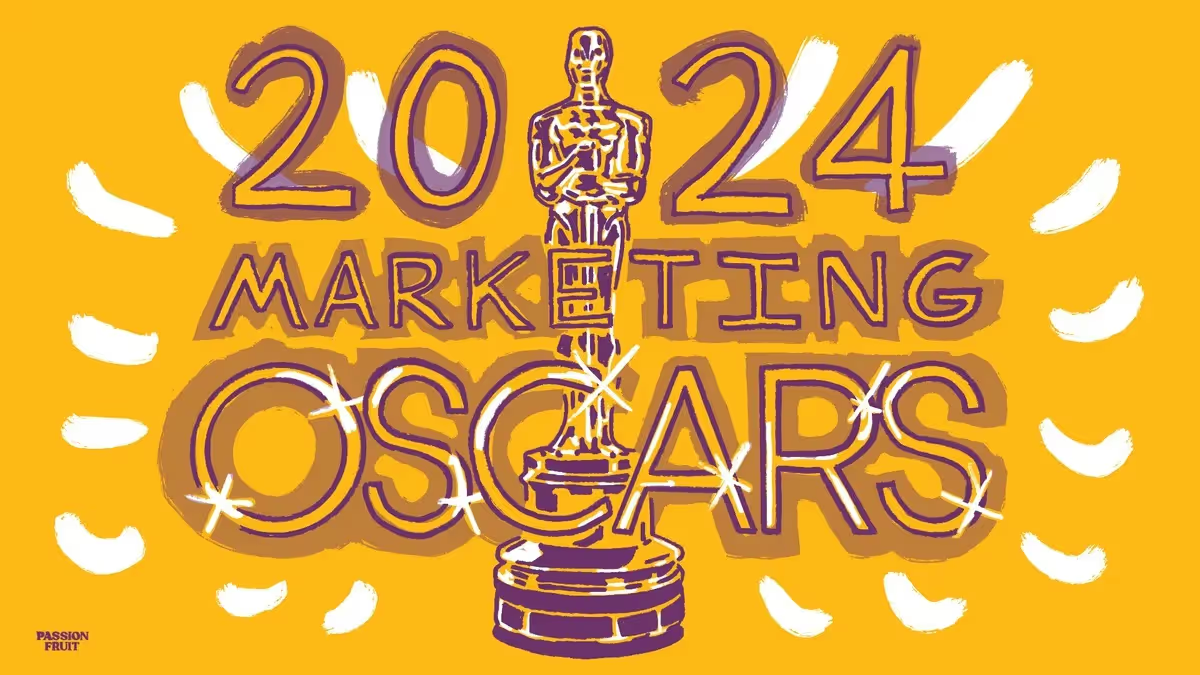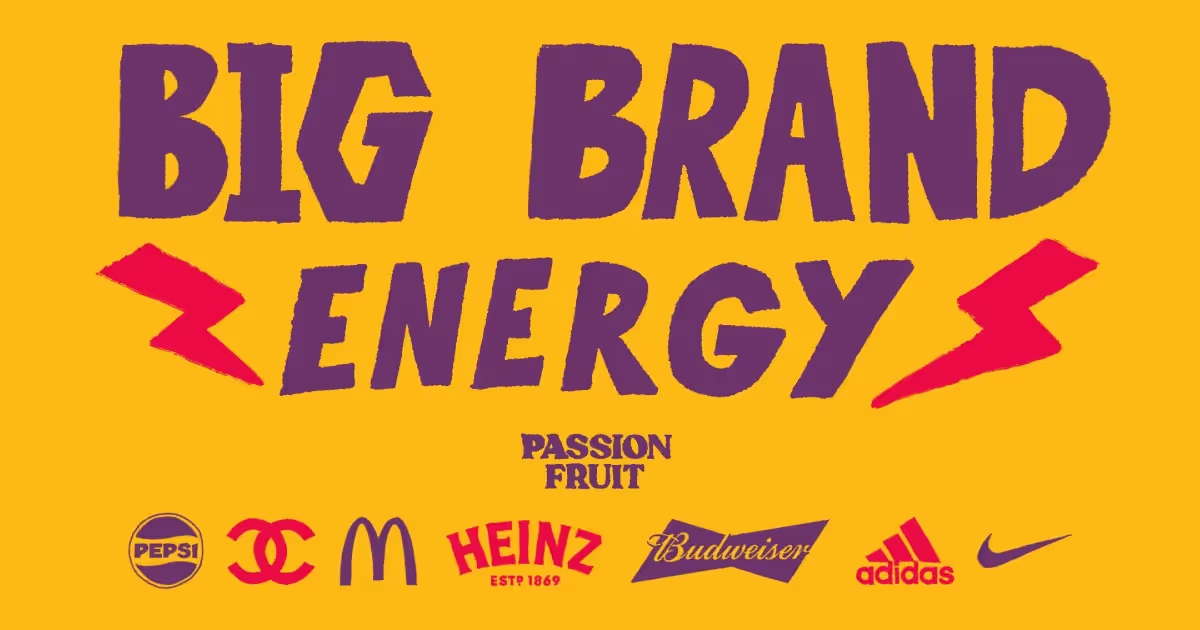It is tempting at this stage to do nothing but focus on the product itself – get feedback, make changes, improve the offer. However, even though your product is ultimately the hill on which your business lives or dies, it’s important to remember that this phase is the very start of your journey.
And at the start, any investor – VC, angel, crowd-funders and so on – is ultimately taking a bet on you; the founder(s). Your ability to provide a compelling narrative about the world of the future, and how your eventual product exists in that world, is pivotal. At this stage, narrative-market fit beats product-market fit.
A compelling narrative is built on a brand. A brand is a story, a mindset, a way of seeing the world which can be conjured through a motto, a colour scheme, a jingle, a logo – or any other visual or auditory cue (think Swoosh or I’m Lovin’ It). The world’s best brands are known to millions who will never even buy them - they are so much more than a visual identity.
At Pre-Seed you are – without exaggeration – decades away from enjoying that kind of brand recognition. But that shouldn’t stop you putting high-quality foundations in place. There are three core elements to consider:
Brand identity
Let’s imagine building a brand is like playing a game of chess, everything that follows is defined by your opening. You have to nail the elements of your brand identity (logo, wordmark, colour scheme, typeface, social media icons/favicons etc.) because they are the first things that people see. People do judge a book by its cover. What you impute off-the-bat through your primary brand elements is vital because every judgement, reflection and action that people make about and with your brand will be conditioned by this opening “move”.
Someone able to visually transpose a brand from words to images and make that identity distinctive (such that it is unmistakably your brand, not somebody else’s) is worth their weight in gold. You should expect to receive 2-3 different concept routes from your designer before choosing the one you like best.
Brand strategy
There is no point paying someone to design a brand if your brand strategy (mission, vision, purpose, positioning, tone of voice, single overriding communications objective/avoidance etc.) isn’t rock solid.
This is the most tempting stage to avoid, because as a founder you know your product’s domain or subject area better than most. However, what a brand strategist provides is not domain-specific expertise but rather domain-agnostic best practices. These are evergreen guardrails within which the seeds of a watertight brand will grow, informing your behaviour and business strategy for years to come. It’s also important to note this strategy specialist is almost always not an identity specialist as well – they are two different skill sets. If you miss this step, you will save the cost of a good brand strategy workshop in the short run but it will cost you long term when your brand doesn’t land with your target audience.
In recent times, there seems to have been a real surge in “DIY” brand strategy courses/tactics being sold on sites like Gumroad etc. There are also solid self-help resources like Arielle Jackson’s guide to positioning. Evidently there is a lot of value in this DIY approach, and of course money to be saved.
But the opportunity cost of DIY is (no surprises here) that you’re doing it alone. Often the reason why people make these courses is for their benefit (build once, sell twice), not yours. Again, if we’re talking about chess, this strategist is the person with whom a Grandmaster plans their gameplay the night before a big match, so that their opening “move” (brand identity) is the best it can be. No Grandmaster plots by themselves (for those who have seen Queen’s Gambit, Harmon and Borgov both have a team of people they bounce ideas off the night before the final).

Rollout
When putting a brand together, it’s easy to get lost in the strategy and identity without considering the rollout: how your brand actually exists across all the necessary touchpoints (in ads, on a website, on packaging, on a retail-awning, pitch deck etc.) Gorillas – one of the new food-delivery start-ups in Europe – do a great job of this with their reusable bags. They look slick, and aren’t made from plastic, so that instead of recycling it (like a Deliveroo bag) you keep it, and are happy to be seen using it.

This is free publicity and increases salience (which matters most – we’ll do a separate post on salience soon). Mock-ups of the places where your brand will live are an essential component of the brand identity brief. Typically, these mock-ups (at least 5-10) should be included in the price you pay for the designer.







